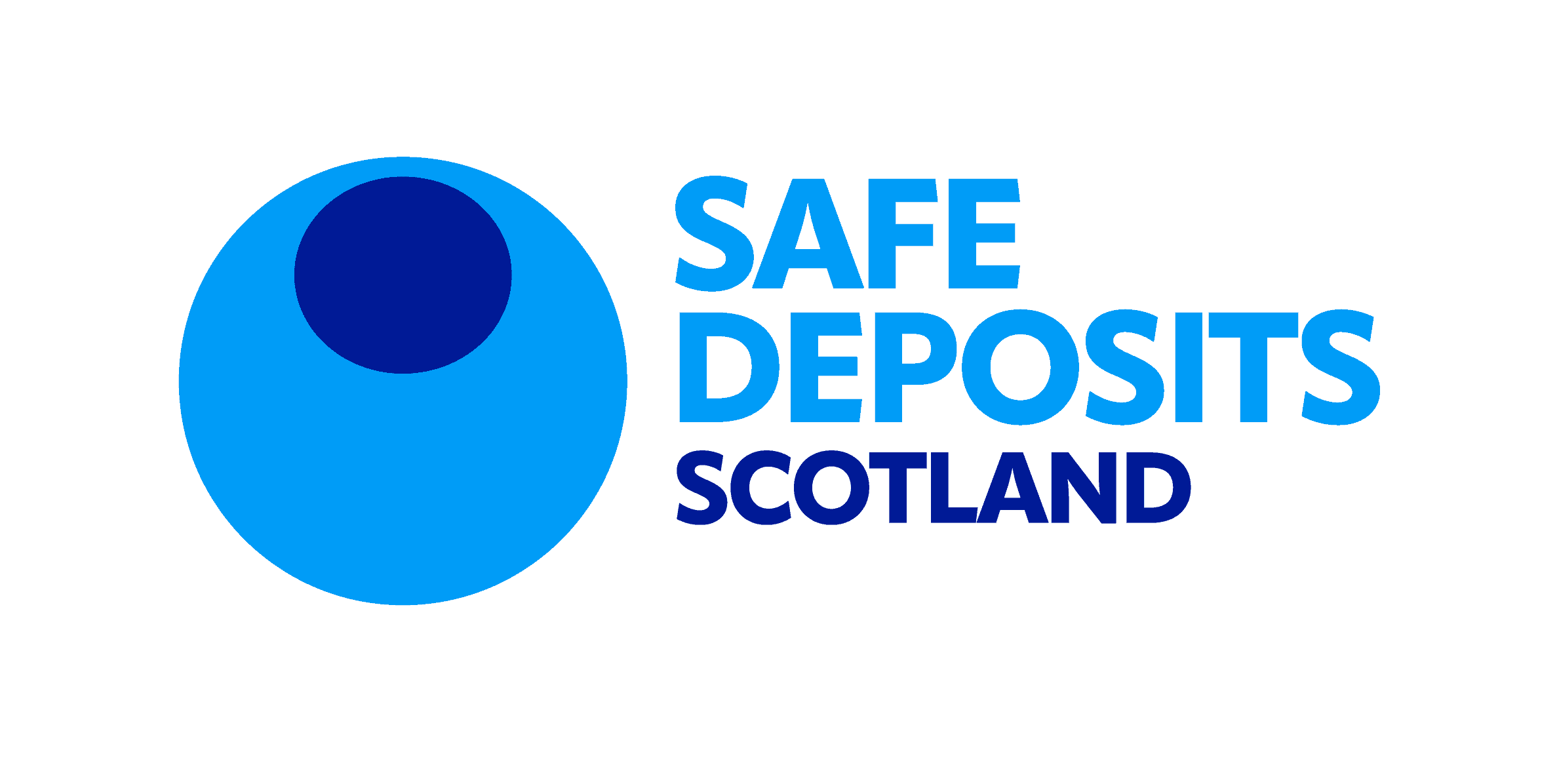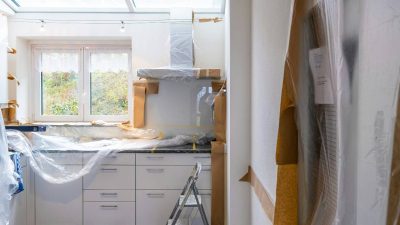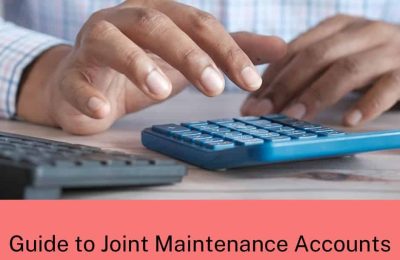The start of the academic year brings a fresh batch of bright-eyed, bushy-tailed new students into the private-rented sector (PRS) as they navigate the trials of living away from their parents for the first time, adopting new responsibilities and facing new challenges. Similarly, students who have just finished university and previously lived in student halls might be looking to move into their first rented home.
This year, a record number of both Scottish students and international students attending university was observed. This will contribute to a continued high demand for domestic and overseas PRS students.
One aspect of renting a property that will be completely alien to most students and first-time renters is deposit protection. Many students may have had help with their deposit payment from their parents and may not even be aware that they have a deposit being protected, nor that it can be reclaimed at the end of their tenancy. In fact many unclaimed deposits protected by tenancy deposit scheme SafeDeposits Scotland come from students who vacate the property without knowing they can reclaim their deposit. SafeDeposits makes an active effort to reach out to tenants who have yet to reclaim their deposit.
Here we share a few tips on deposit protection for students and first-time renters who are moving into a new rented property for the first time.
Check your deposit has been protected
After a tenant has paid their deposit, the landlord has 30 working days to register the deposit with one of the three approved tenancy deposit schemes in Scotland, as per The Tenancy Deposit Schemes (Scotland) Regulations 2011.
Should the landlord fail to protect the tenant’s deposit within this timeframe, this could be grounds for the tenant to make an application to the First-tier Tribunal, and potentially be reimbursed up to three times the deposit amount from the landlord.
SafeDeposits Scotland emails tenants once they receive deposits from landlords. If the tenant is unsure whether their deposit has been protected or not, they can verify by contacting the three tenancy deposit schemes.
Understanding important documents
The Private Residential Tenancy (PRT) agreement is a written document the landlord should provide to the tenant at the start of the tenancy. The agreement provides information with regards to the obligations of the tenant during their stay in the property, and guidance that the tenant will have to uphold during their stay. If the tenant is found to be in breach of this agreement at the end of the tenancy, the landlord may have grounds to make a claim for part of the deposit as compensation for factors such as cleaning or gardening.
The tenancy agreement outlines the tenant’s responsibility when it comes to maintenance within the property, and relevant contact details should any maintenance issues arise. The agreement will also include information regarding the amount of rent the tenant needs to pay, such as when it is to be paid, who it should be paid to and the method of payment.
A prescribed information document should also be provided by the landlord at the beginning of the tenancy. This will include information relating to the deposit, such as how much was paid, which tenancy deposit scheme it was paid to and contact details for that scheme. Failure on the landlord’s behalf to provide this information is grounds for the tenant to make an application to the First-tier Tribunal much like they would with an unprotected deposit.
Maintain a good relationship with your landlord
It is healthy for both the tenant and landlord to maintain a good relationship with one another. The tenant should be comfortable communicating with the landlord should there be any problems within the property. Good communication between both parties can also make it easier to resolve any issues in the property that may arise during or at the end of the tenancy without the need for formal adjudication. Additionally, the tenant should keep hold of any documents that contain information relating to the tenancy. In particular, the deposit certificate should be kept so that when the tenancy ends, the tenant knows who they should contact. Should there be any additional information required from the tenant, a good relationship with the landlord could make it easier to obtain this.











